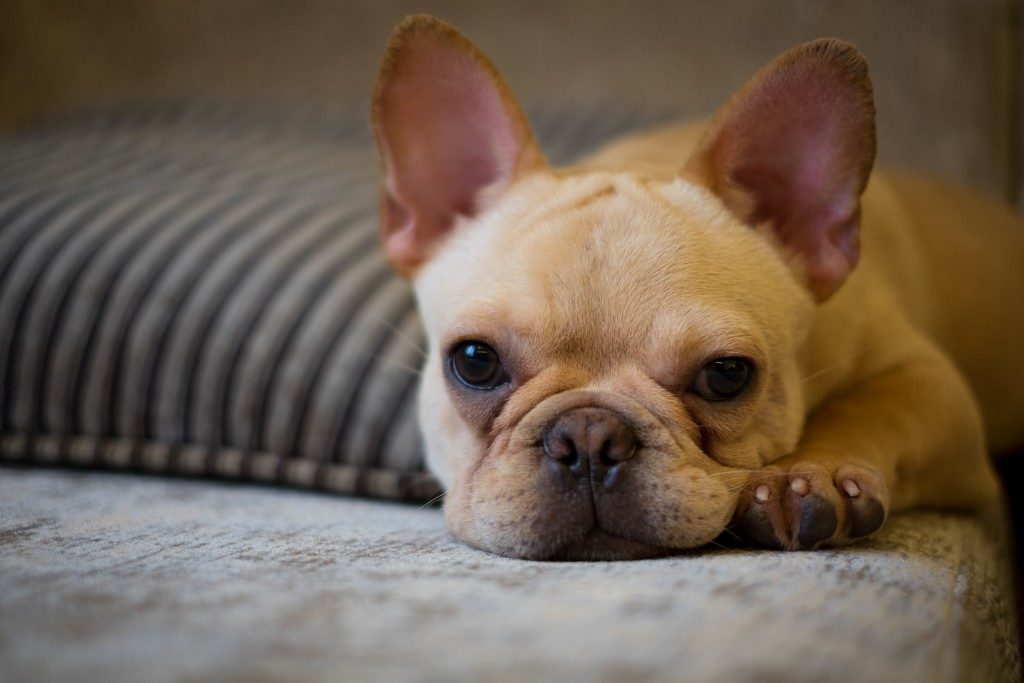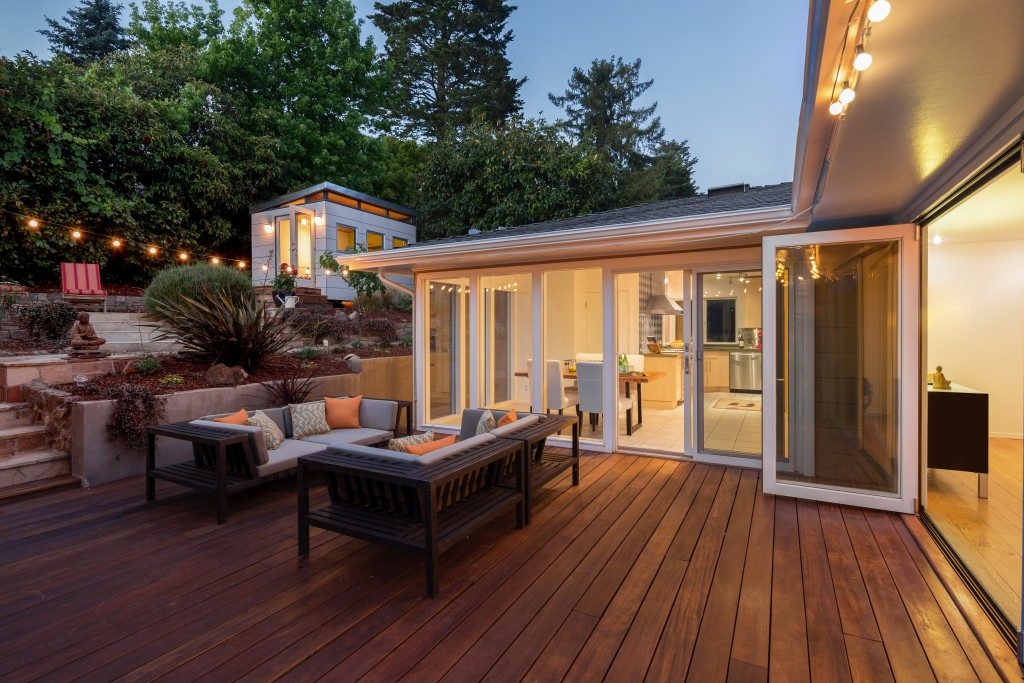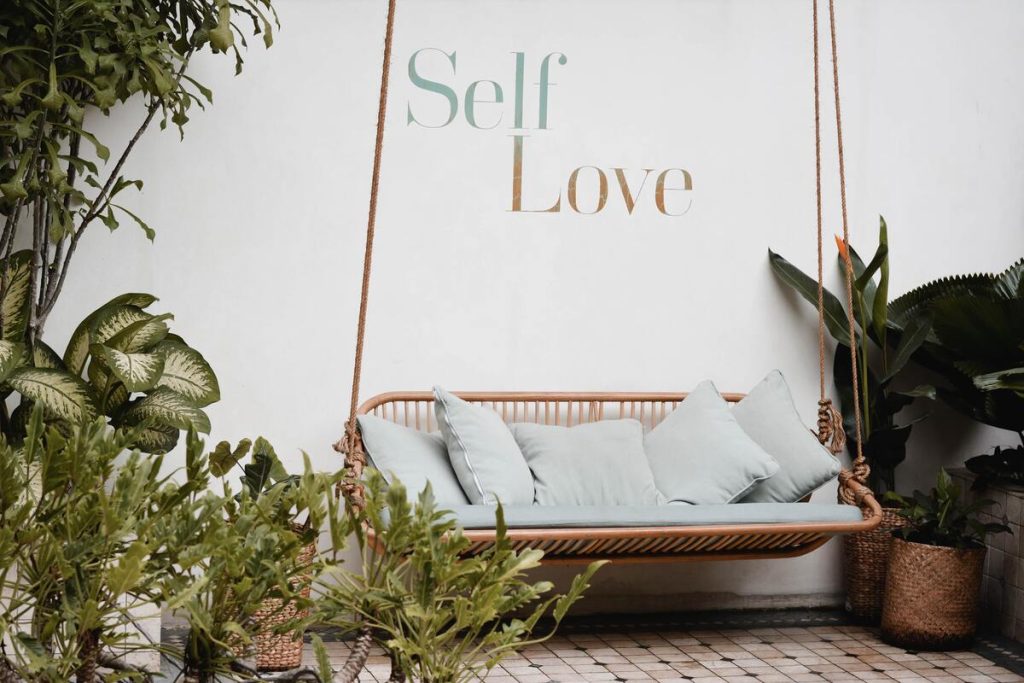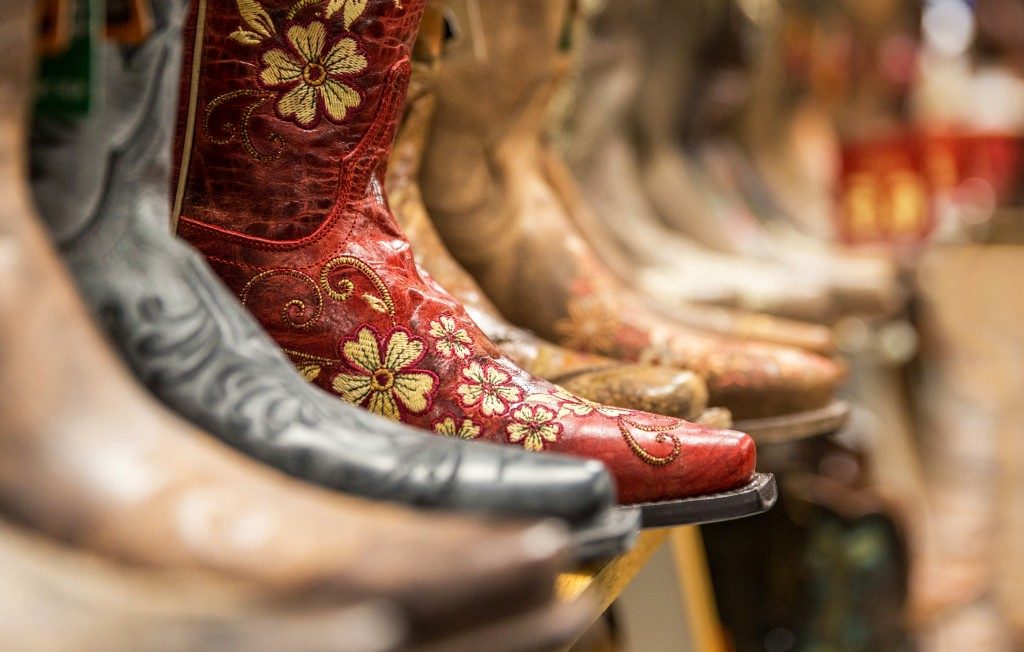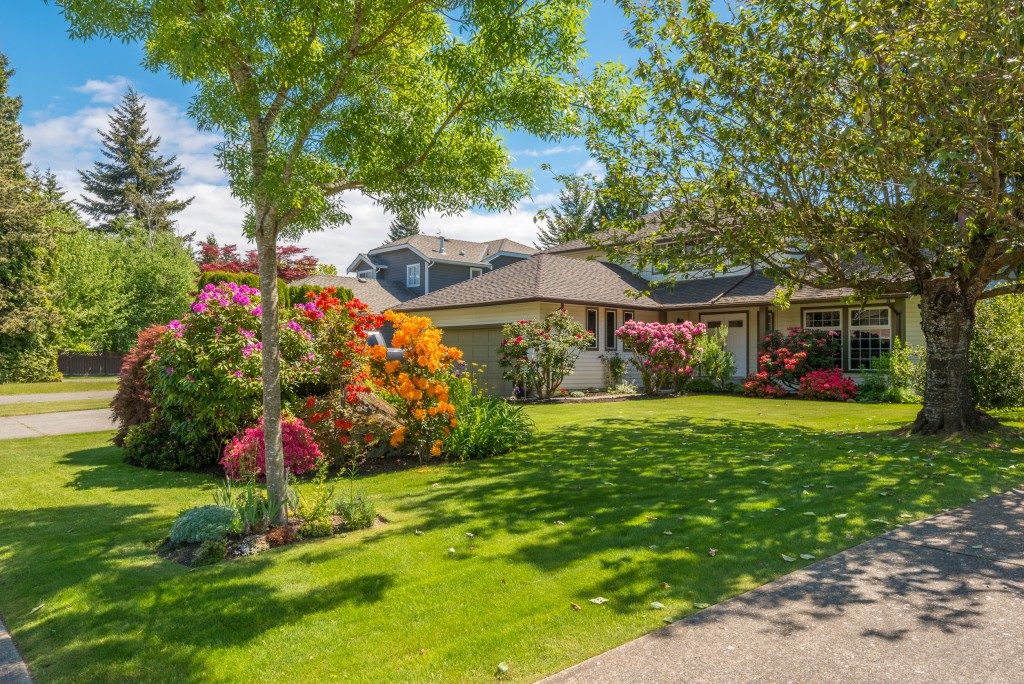Do you constantly find yourself coming home and finding that your pup has pooped and peed inside your home or chewed up things that you know she knows she’s not supposed to be choosing? You’re probably thinking to yourself that your pup does this when she’s bored or to spite you for being gone most hours of the day.
This is a widespread belief among pet owners. But unfortunately, this isn’t right. In most instances, what might appear to be undesirable behavior is actually a dog responding to fear and stress. All these things are usually hallmarks of “sepanx” or separation anxiety in dogs.
First, Go to Your Veterinarian for a Checkup
Any time that you see changes in your pup’s behavior, the first thing you need to do is to have her checked by your vet. This is to determine whether or not your pup’s behavior has an underlying health issue such as a urinary tract infection or something else.
Any expert in puppy training in Utah who knows what they’re doing will advise you to do this above all else. If the vet has cleared your pup and ruled out behavioral problems like a phobia to noise, you need to step up your game.
Use simple behavior modification tactics to help your anxious pup be more comfortable and confident when you’re away.
How to Manage Sepanx in Dogs

Begin by conditioning your pup to be used to your departure cues so they’ll lose their significance in time. Dress up, eat your meal, and lounge around the couch for a bit while checking your email or reading the newspaper. Get your keys, pack up your bag for the day, put it inside your vehicle, and go inside the house again.
Make sure your pup is seeing all these. Your main goal is to reduce your pup’s association of your departure cures with your actual departure. Do this regularly so that he’ll get used to your actions and become more comfortable with them.
Next, make your dog associate your departure with something special by giving her a toy or treat that she can only have when you’re not at home. But refrain from getting your pup excited right before you head out the door. This also applies whenever you come home.
Make it a habit to leave and come home to your pup in a calm manner so that she’ll associate your departure and arrival as a normal part of her daily routine.
Comfort and Confidence is Key
Incorporating these things into your pup’s daily routine will teach her that everything will be fine even if you’re not at home. Just make certain that you leave your pup with everything she’ll need for the day – water, food, toys, a clean potty spot and ample space for playing and resting.
Being comfortable and confident while you’re out is a vital skill your dog should learn.
On the other hand, if these tactics fail to work on your pup and she’s still very anxious when you leave, or has caused significant damage in your home, or worse, has harmed herself, bring her back to the vet or a behavioral specialist for further advice.

